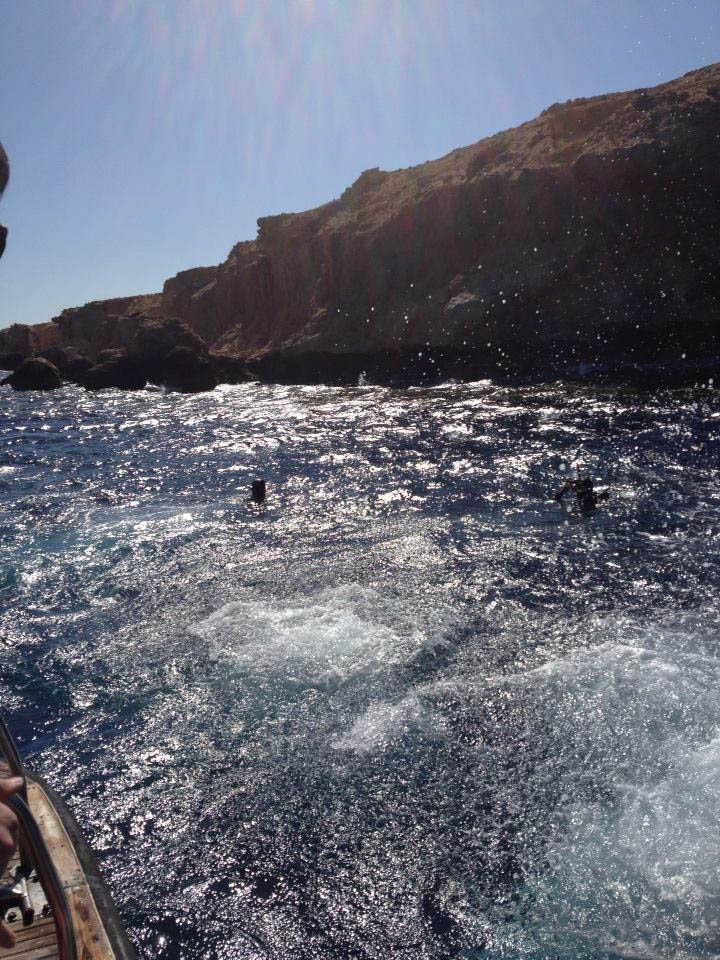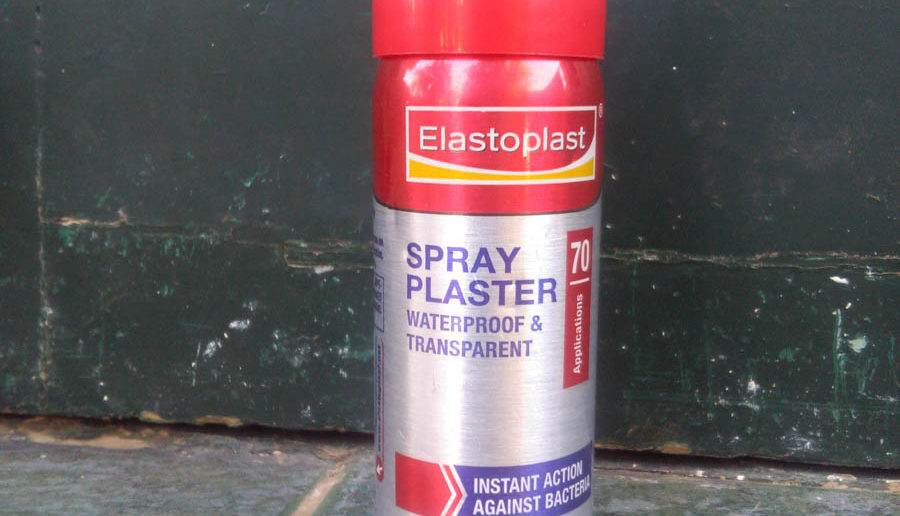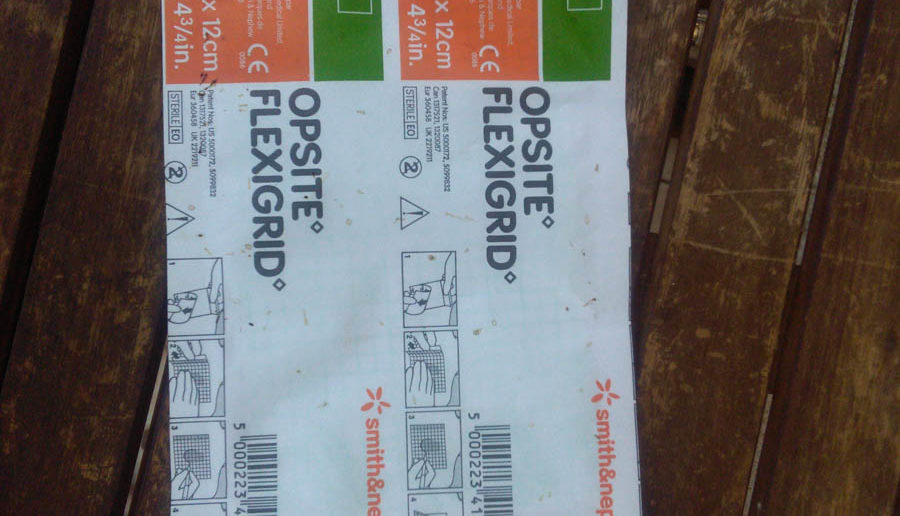My first steps into big blue where made not such a long time ago….15-ish years ago. It was quite an unpleasant experience I have to admit. Suit was too big and uncomfortable and the BCD was the same, despite the XS label on it. I had long hair which was floating all over my face preventing me from seeing much, getting tangled in the equipment and making my whole experience pure misery. I was surrounded by male instructors who found the whole thing quite amusing. They were just shrugging shoulders and giggling with a prevailing comment: “Women”. I came out of the water angry and looking like a soaking wet rat, but determined that I would find a way to put women in the water and make them feel comfortable there. At that point, the diving industry was obviously not ready to accommodate the needs of women.
That’s how my journey towards becoming diving instructor started.
Despite all those inconveniences and difficulties, the numbers of women divers are much higher now and still growing.
And now, 15 years later, things are changing for the better. Equipment manufacturers started recognizing the fact that the female body is built different, so today we can find diving suits and BCDs specifically made for women.
The part of the diving industry which is still not following this trend are training procedures. They are all still made in a “one size fits all” manner.
There are no instructions in your manuals what to do with your long nails or hair when you are scuba diving. And, what about skin maintenance? Lack of knowledge from the instructors about those seemingly trivial issues are putting many women off diving.
All those issues which are typically, but not only, bothering women I have learned to deal with on my own over many years through personal trial and error experience.
These days I am sharing my experience with every student who is willing to learn a bit more than is written in the manuals. And now I’m sharing it with you.
All of you have already learned by now about the physiology of diving, how pressure and gasses are influencing our body, how to deal with heat or low temperatures (better said – how to avoid it) but I don’t remember that any diving manual talks about our biggest and the most exposed organ – THE SKIN.
Skin is our first and THE most important line of protection from the outside environment. If that defence fails, all interior defence systems will have a serious problem on their hands. Any open area on our skin is open invitation for bacterial and/or viral invasion. That’s why it’s important to close any open wound on our skin.
This lesson I have learned well, as a proud cat owner who is every now and then granted with a few scratches from my adorable fury friend.
When we are submerged in the water for a prolonged period of time, like when we are scuba diving those wounds are not healing. They stay open. Even if we have some wounds which are just healed, water will soften the formed crust or thin layer of soft skin and it will fall off, opening the wound again. Even the small things like cat scratches can turn into quite unpleasant infections. That is because there are numerous kinds of bacteria which are normally living in every body of water but they are not really welcome inside of our body.
However, this shouldn’t be the reason to quit diving. There’s a very easy solution for that. The only thing that we need to do is to make the wound waterproof. There are spray plasters available in almost any pharmacy. They are antibacterial, transparent and waterproof but they still allow the wound to heal. You just need to apply few layers of spray before each dive, wait to dry (for a few minutes) and you are good to go.
My experience has taught me that if the wounded place is under some peace of diving equipment (wet suit or boots) the layer of spray plaster can be rubbed off during the dive, so I usually put a second layer of conventional plaster which should protect the first layer.
For the bigger areas you can use a plaster called “second skin”. This provides a silicon, waterproof protecting layer over the wounded place and (if it’s applied properly) can be removed only after 7-10 days.
Many people get blisters from a new pair of boots. That second skin plaster is my life saver for those situations. By the time the plaster comes off, my boots are adjusted to my feet and the blister is healed. Happy days!!!
Another very important function of the skin is to keep us hydrated and to help with body temperature control.
It keeps us hydrated by producing a layer of grease which keeps moisture locked in. When we are scuba diving, water from the environment washes that layer off and (especially in salty water) extracts the water through our skin.
In extreme cases of dehydrated skin, it will begin itching and then flaking. We can’t prevent water washing the greasy layer off but we can help our skin replacing it. How to do it?
Eternal wisdom of my mom taught me and my sister how important it is to keep our skin hydrated. Since I know about this myself I was religiously applying hydrating cream all over my body virtually after any shower, bath tub soaking, swimming pool or open water swimming.
Using hydrating creams after a diving day on daily basis is a must. They don’t need to be expensive, branded fancy creams. Just basic ones will do the trick.
When we are exposed to hot conditions our body is sweating through pores on our skin to keep our body temperature stable. It is estimated that we lose approximately ½ litre of water per dive. On top of this we are sweating even when we are submerged in the water . We don’t know this, just because we are wet already. How to deal with that nuisance? Hydrate! Drink a loads of water. That’s good for your skin, reducing risk of DCI and it’s good for your overall health.
And, in the end let us talk about one controversial thing. Sun screens. Some recommend them on a daily basis some say that they are more damaging than useful. Regardless of whether the specific physician is pro or contra sun screens, they all agree about few things:
- They prevent production of vitamin D which is one of the most important benefits of sun exposure.
- Some of the chemical compounds in them are unstable when exposed to the sun and can be cause of allergies or skin cancer
One more thing that no physician will tell you is that sun screens are polluting the environment and are toxic to marine life.
Furthermore, the combination of sun screen and neoprene is always bad. This combination can cause skin irritation or allergy or, if nothing else, neoprene deterioration. On top of this, your mask will leak if you have sun screen on your face because it will prevent it from sealing. Not to mention trouble with handling equipment with greasy hands.
Due to all these reasons, and many more, I don’t us any kind of sun screen. I simply avoid prolonged direct exposure to the sun. Hardly ever are you going to see my body grilling on the beach….and even if I find myself there it will be when the sun is low or I’ll be the one sitting in the deepest shade possible. Long, airy loose clothing also helps.
Another sun burn protective behaviour would be eating red, orange and yellow fruits and vegetables such are carrots, peppers, tomatoes and all sort of citruses. You can also add to it green tea, spinach (all leafy greens) salmon, red grapes, watermelon, almonds, walnuts, pomegranates, strawberries, turmeric, flax seed…..that menu can be long.
However, if it happens that you get sunburned, the most simple and natural way is to treat it with plain yogurt. Simply apply the layer of yogurt on the affected area and rinse it when it’s dry out. Keep on applying until the yogurt stops drying and your skin turns to a normal colour.
You can also use a cooled tea or used tea bags for the same purpose. Good splash of aloe vera always helps.
I hope that those little tips will help you this summer and make your diving experience more pleasurable.










